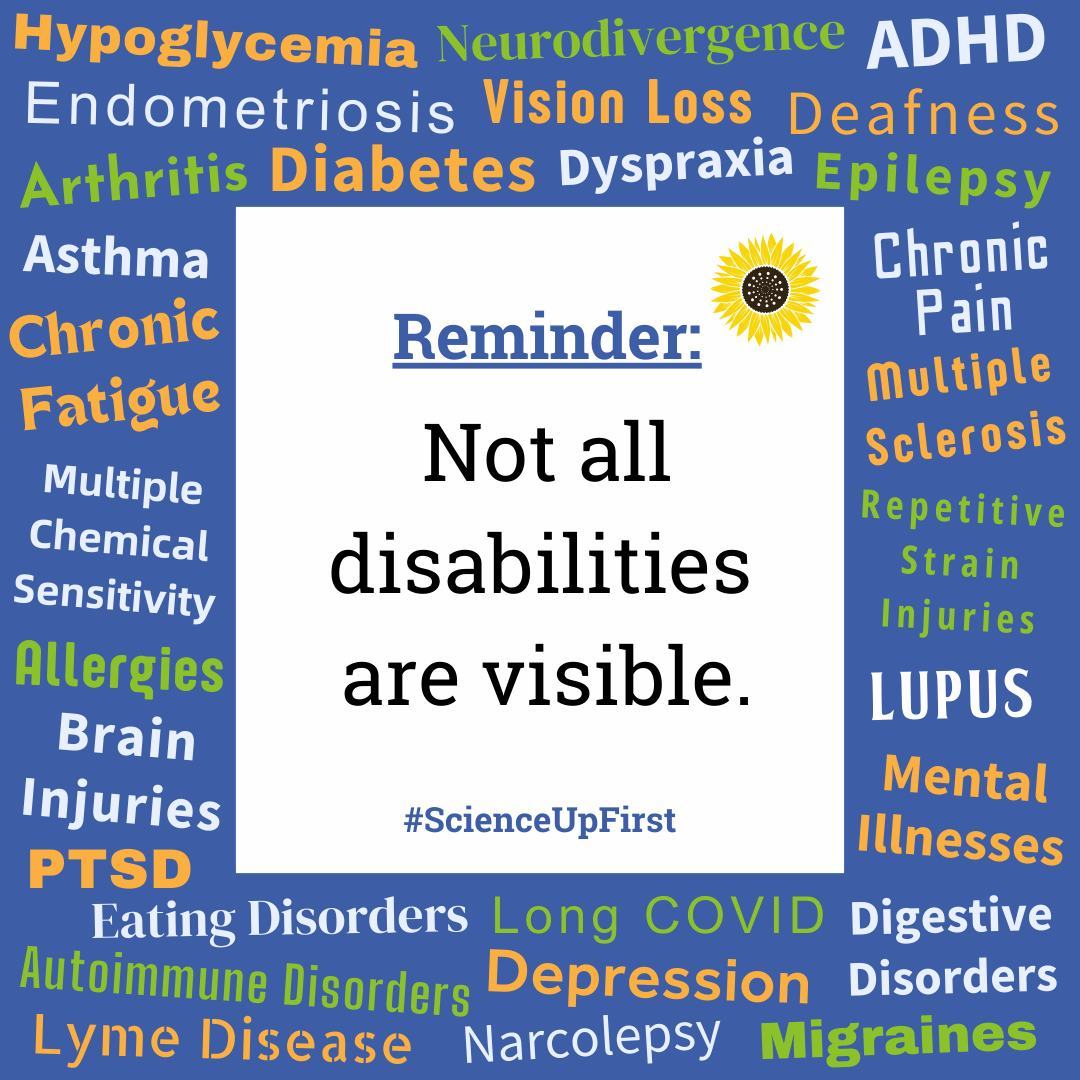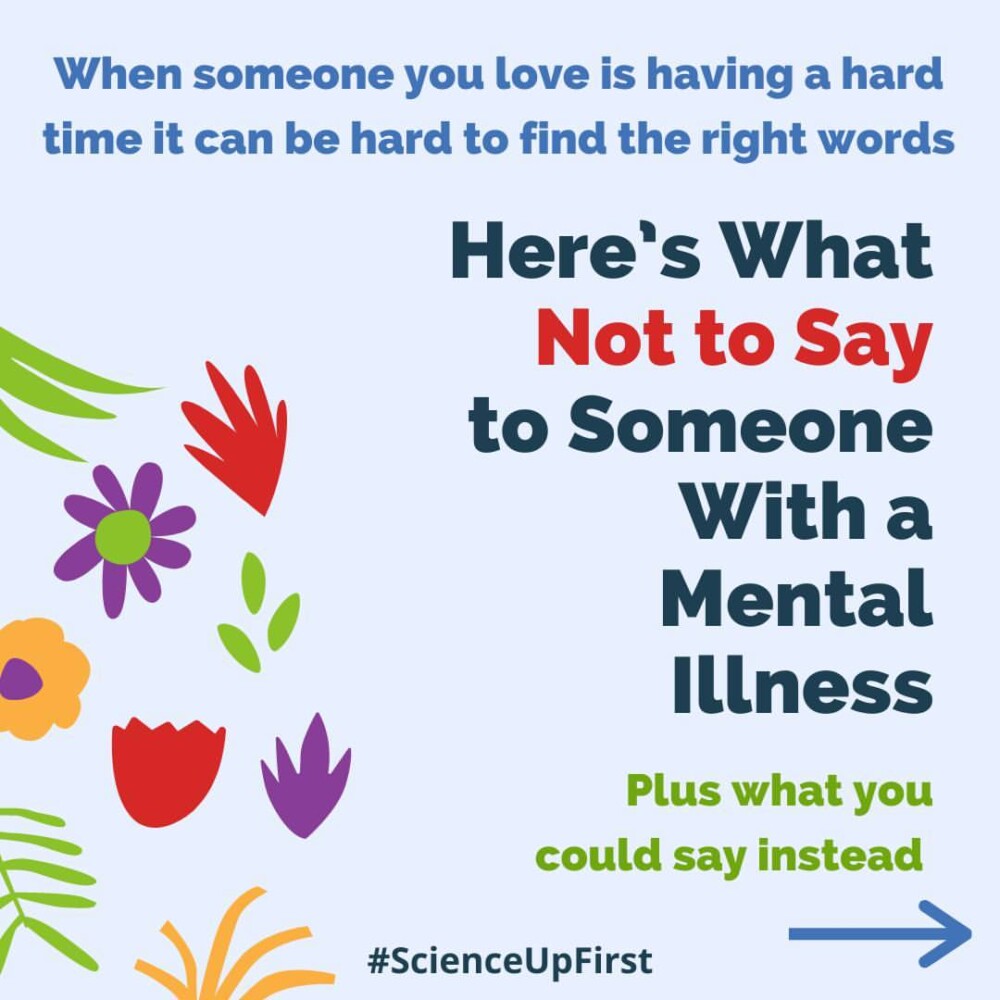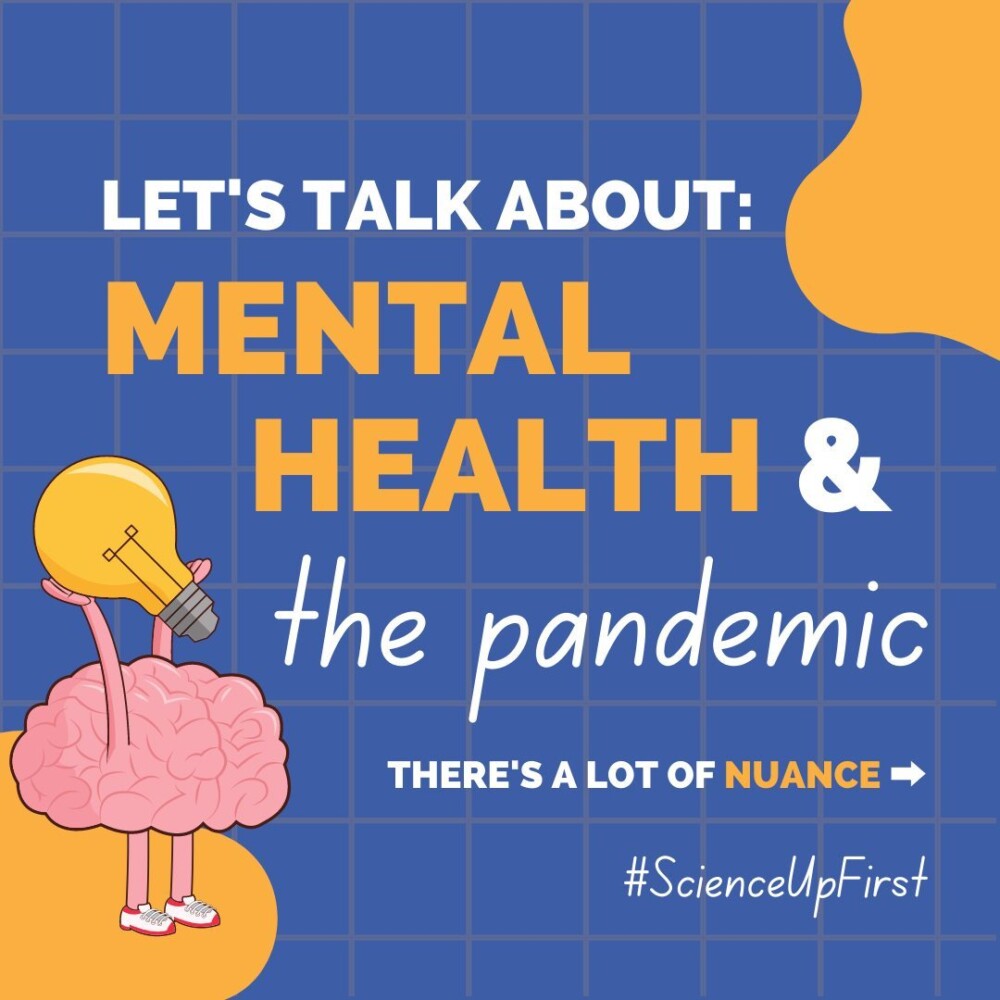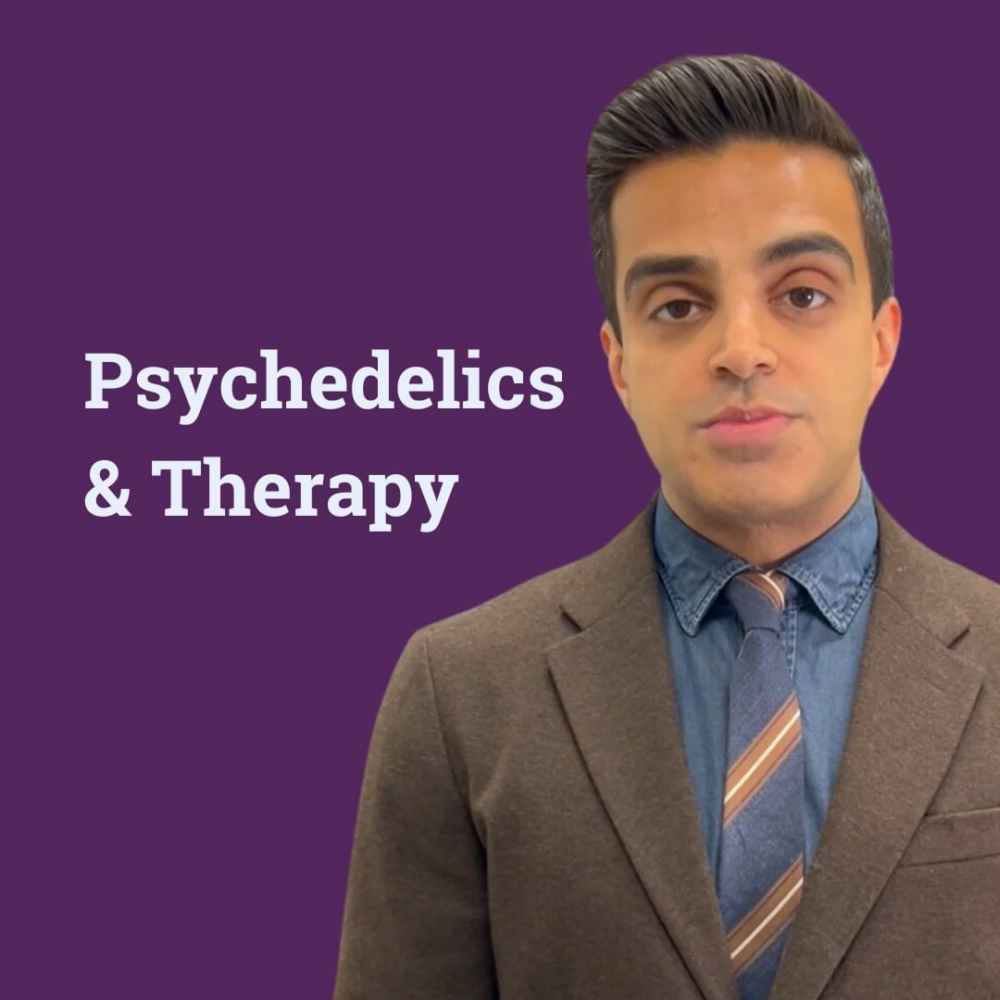
Did you know? Approximately 1 out of 5 people living in Canada are also living with a disability (1,2). This number might seem high, but the reality is that many disabilities are invisible.
Invisible or hidden disabilities are terms used to describe a wide range of physical, neurological and/or mental conditions, which are often chronic and not immediately apparent to an observer (2,3,4).
Autism, epilepsy, multiple sclerosis, arthritis, ADHD, Long COVID, anxiety, depression, eating disorders, allergies, brain injuries, vision loss, chronic pain, and deafness are just some examples of thousands of invisible disabilities (5,6,7,8). In other words, any disability can be invisible, it just depends on circumstances and the aid the person is using.
Due to their hidden nature, people living with invisible disabilities are frequently subject to misunderstanding, stigma, and underestimated severity, often resulting in a lack of empathy they truly deserve (9).
These additional societal barriers can prevent people living with an invisible disability from seeking care or asking for the accessibility support they need to thrive (7,8,9).
Let’s work together to break down these barriers by avoiding making assumptions based on appearance alone. This way we ensure everyone, regardless of visible or invisible differences, receives the respect, empathy, and understanding that they deserve (3,10).
Share our original Tweet!
Did you know? Approximately 1 out of 5 people living in Canada is also living with a disability. This number might seem high, but the reality is that many disabilities are invisible.#ScienceUpFirst #InvisibleDisabilitiesWeek
[1/5] pic.twitter.com/g04vM9KUl5
— ScienceUpFirst | LaScienced’Abord (@ScienceUpFirst) October 18, 2023
View our original Instagram Post!
View this post on Instagram
- A demographic, employment and income profile of Canadians with disabilities aged 15 years and over, 2017 | FR : Un profil de la démographie, de l’emploi et du revenu des Canadiens ayant une incapacité âgés de 15 ans et plus, 2017
- What are Invisible Disabilities?
- How do you define invisible disability?
- What is a hidden disability?
- The invisible disabilities index
- Invisible Disability Project
- People with invisible disabilities can deny themselves care amid struggle to be recognized, advocate says
- How to Make Workplaces More Inclusive For People with Invisible Disabilities
- What Happens When You’re Disabled but Nobody Can Tell
- Annex: Understanding disabilities | FR : Annexe : Considérations et concepts clés liés au handicap




